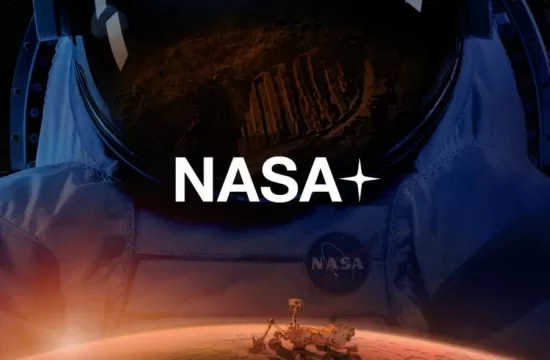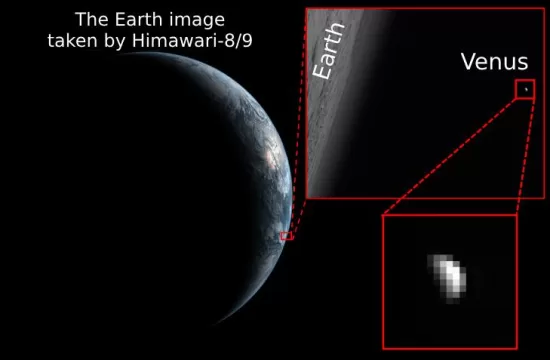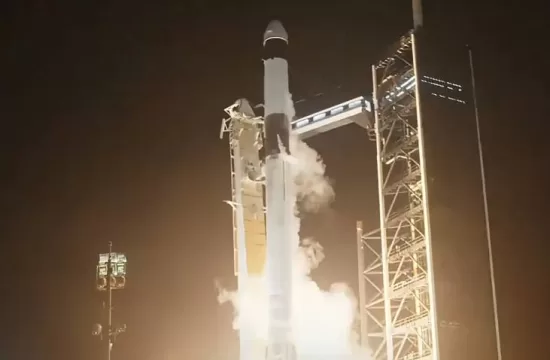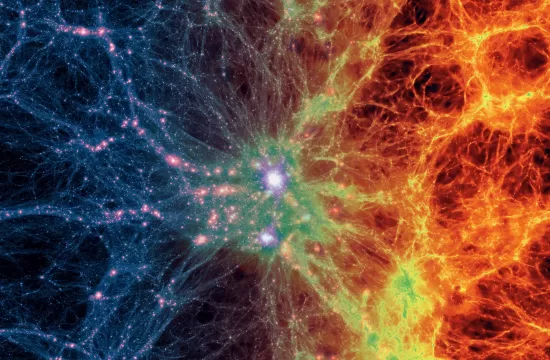Chandrayaan-3 is the first space mission to touch down near the Moon’s south pole, according to the Indian Space Research Organization (ISRO).
After successfully landing a rover on the Moon on Wednesday, August 23, ISRO stated that it is the third mission since 2008 in India’s lunar exploration—further—it aids in the exploration of the Moon’s dark side craters. Scientists believe that frozen water may exist on the lunar surface’s shadow side.
PM Narendra Modi declares, “India is now on the Moon,” as the Vikram lander touches down on the lunar surface.
The Chandrayaan-3 lander and rover are designed similarly to those used in the Chandrayaan-2 project. The rover will roam the lunar surface gathering images and data.
The rover on the lunar surface will operate roughly one lunar day or 14 Earth days. The small rover, which weighs just 26 kilograms (57 pounds), flew to the Moon inside the lander. Both vehicles are equipped with science instruments to study the surface.
Just two days ago, Russia’s unmanned Luna-25 spacecraft spanned out of control and crashed into the Moon.
In September 2019, the Chandrayaan-2 Vikram lander successfully lowered itself to within 5 kilometers (3 miles) of the Moon, entering a “fine braking” mode that would have placed it gently on the lunar surface.
Like its successor, Chandrayaan-2 was targeting the Moon’s south polar region, where ice has been found inside permanently shadowed craters.
Unfortunately, a software glitch caused Vikram to veer off course, and ISRO officials lost contact with the spacecraft.
NASA’s Lunar Reconnaissance Orbiter later found debris from the vehicle scattered about 750 meters (a half mile) from the intended landing area.







